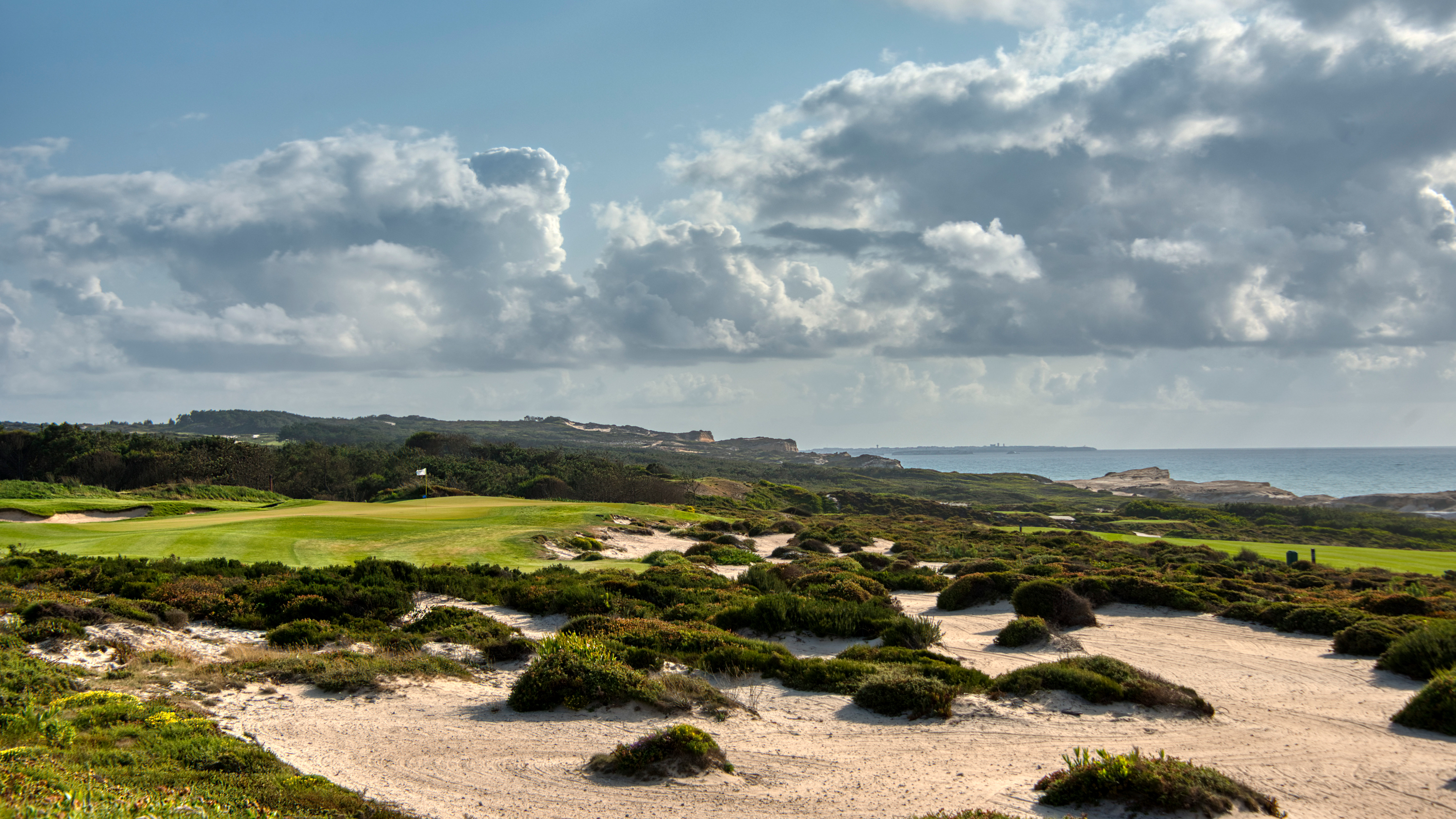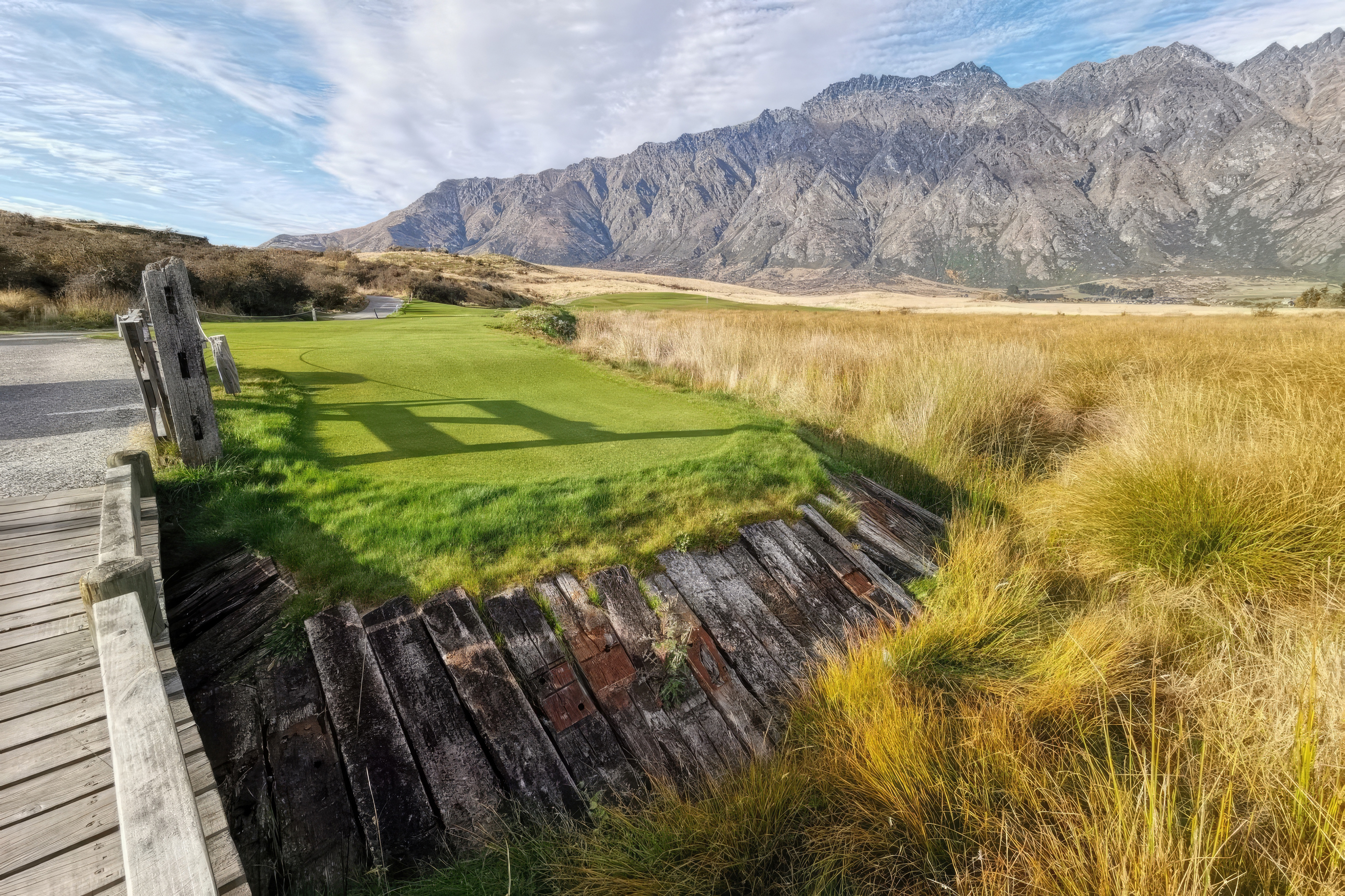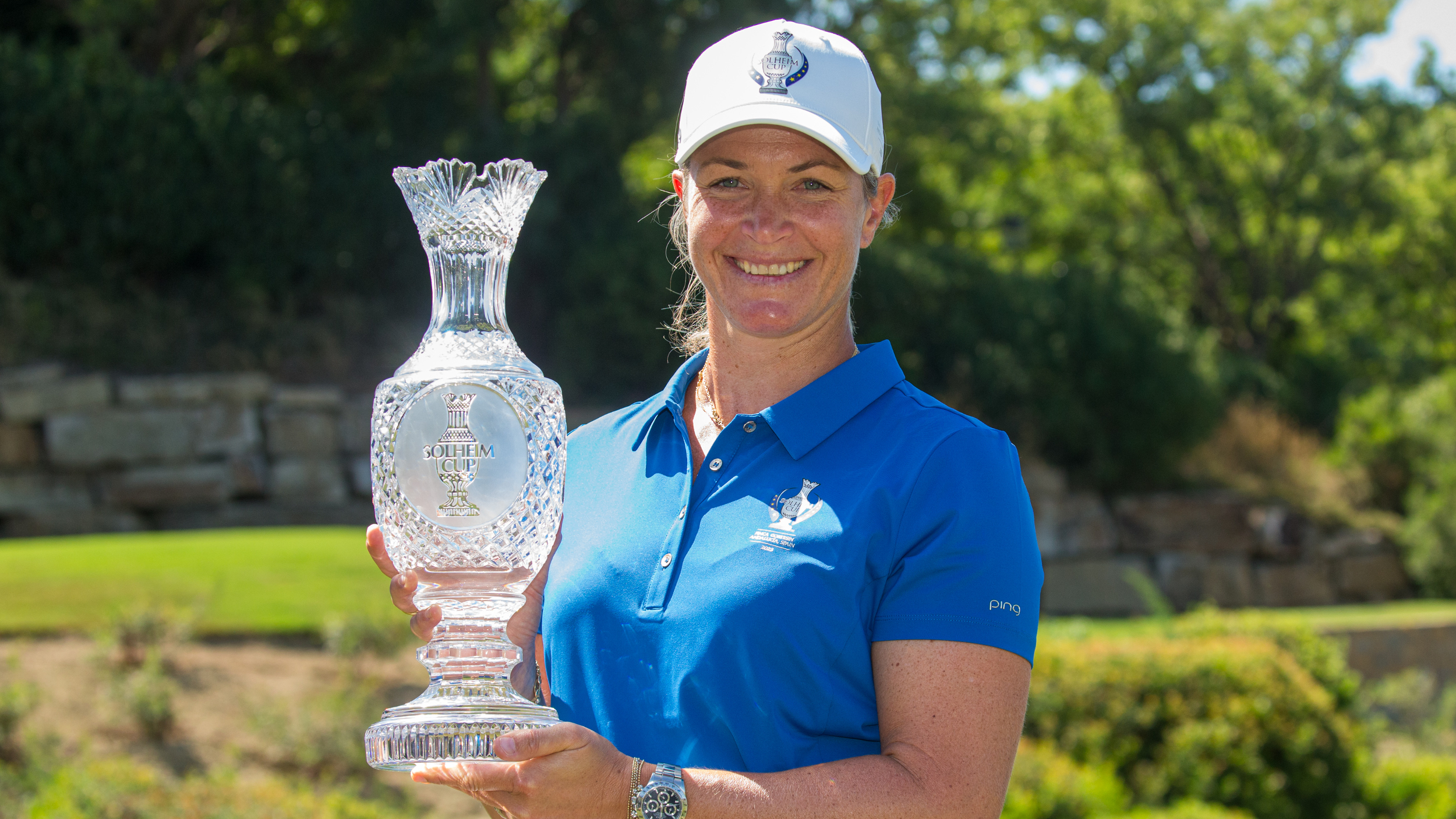Why Golf Must Set A Standard For Sustainability
Something unsustainable will not last. Whether too fast a pace in the marathon or a failing business, if it isn’t sustainable it will end. If we want golf to survive and thrive, it must be sustainable.


Golf courses cover some 12,000 square miles of our planet. We as a golfing community are custodians and users of these vital green spaces. Whether they are sanctuaries within urban areas or if they occupy space on less developed land, we in golf have a responsibility to maintain our playing grounds carefully and sustainably.
Sustainability is a topic that’s relevant in every aspect of life, whether it’s recycling, car-sharing, conserving water, buying locally, sourcing all products responsibly… we increasingly consider it, or at least we should. There’s no denying that nature is in decline and we need to do something to arrest the slide.
Golf provides an excellent vehicle to demonstrate this requirement and to offer proactive solutions about what we could do next.
The GEO Foundation for Sustainable Golf works tirelessly to promote awareness of the environment and the importance of sustainability to our game. Founded 17 years ago, it is an international non-profit organisation set up to help reward, support and inspire credible sustainable action taken within golf.
The second annual Sustainable Golf Week, running 9th to 13th October 2023 was hosted by the GEO Foundation for Sustainable Golf with an aim of reinforcing the connection between golf and sustainability – to “Reflect, Celebrate and Drive Further.”
“Sustainable Golf Week is an opportunity for golf to reflect on some of the most pressing environmental and social issues of current and future generations,” said Jonathan Smith, Executive Director of GEO Foundation for Sustainable Golf. “The world has limited time to overcome the twin challenges of nature loss and climate change. We need leaders, and golf has both the natural fit and natural advantage to deliver amongst all sports.”
This year the focus of Sustainable Golf Week has been firmly on the natural world, entirely dedicated to championing how the game is #BetterWithNature.
Get the Golf Monthly Newsletter
Subscribe to the Golf Monthly newsletter to stay up to date with all the latest tour news, equipment news, reviews, head-to-heads and buyer’s guides from our team of experienced experts.
Objectives of Sustainable Golf Week

Jack's Point New Zealand
During the week, the overarching objectives were:
Highlight the current plight of nature - To reinforce the message that the complex web of life that all species, including humans, depends upon is badly damaged, disrupted and under significant pressure. Urbanisation, deforestation, agricultural expansion and climate change are destroying, fragmenting, disturbing and degrading ecosystems. Nature is in a period of rapid decline, with over 70% of global biological diversity lost in the last 50 years.
Protect, Restore and Promote - Then to demonstrate how golf is already protecting, restoring and promoting the importance of nature, and ways in which the sport can deliver even greater positive impact in the years ahead. That there is a particular need for all those that manage land and green space to maximise their role in protecting, restoring and promoting nature.
Look to the future - Finally, to explore some of the key pinch points for golf and nature, to set out calls to action and steps that associations, facilities, tournaments and others across golf can take.
Protecting Nature

Walton Heath is leading the way in educating on sustainability
On Tuesday the focus was on how golf can ensure no net negative loss of biodiversity. Golf courses serve as sanctuaries for biodiversity with native grasses and wetlands, trees and wildlife. Clubs, tournaments and organisations within golf can strive to promote the role golf can play in maintaining crucial habitats for local wildlife. Clubs like Dundonald Links and Walton Heath are leading the way in educating staff, committees, members and visitors on conservation programs, re-wilding projects, planting and generally protecting nature.
Restoring Nature
The focus on Wednesday was how golf can further enrich the landscapes it manages. The game can be improved through restoration and further integration of biodiversity. Looking towards sustainable grasses like fescues and bents, increasing wooded and wildflower areas, restoring ponds and streams. With 70% of the world’s population expected to live in towns and cities by 2050, golf provides vital green spaces in densely populated spaces. Town planners and governments are increasingly seeing the importance of golf courses as green sanctuaries within urban areas. Course designers are now looking at the benefits of a natural approach, harking back to the ethos of great designers like Dr Alister MacKenzie who believed natural features were an essential part of the golfing experience.
Promoting Nature
On Thursday, the idea was to showcase how golf can play a major part in demonstrating the value of nature across society. Golf courses are being maintained (and constructed) in a sustainable fashion. Ecological surveys are conducted, sensitive habitats identified, golf is looking to work with nature and other businesses could learn from this approach. Golf can lead the way in considering the impact of materials and services used – where do raw materials come from, has there been deforestation, extraction or pollution to get them? How far have they travelled? Have they been recycled?

Solheim Cup captain Suzann Pettersen is a champion for sustainability within golf
By considering sustainability within all aspects of the game, golf can lead the way, not only within sport but also within society more generally to shine a spotlight on the natural environment and a need for a sustainable approach. Solheim Cup captain and GEO Foundation for Sustainable Golf ambassador Suzann Pettersen summed it up when she said:
“Golf is played all around the world in different climates, landscapes and ecosystems, each course unique in its own way. And it is nature that makes this experience all the better. But nature is under threat and it is important we lead by example and inspire positive change to protect the land and species around us.”

Fergus is Golf Monthly's resident expert on the history of the game and has written extensively on that subject. He has also worked with Golf Monthly to produce a podcast series. Called 18 Majors: The Golf History Show it offers new and in-depth perspectives on some of the most important moments in golf's long history. You can find all the details about it here.
He is a golf obsessive and 1-handicapper. Growing up in the North East of Scotland, golf runs through his veins and his passion for the sport was bolstered during his time at St Andrews university studying history. He went on to earn a post graduate diploma from the London School of Journalism. Fergus has worked for Golf Monthly since 2004 and has written two books on the game; "Great Golf Debates" together with Jezz Ellwood of Golf Monthly and the history section of "The Ultimate Golf Book" together with Neil Tappin , also of Golf Monthly.
Fergus once shanked a ball from just over Granny Clark's Wynd on the 18th of the Old Course that struck the St Andrews Golf Club and rebounded into the Valley of Sin, from where he saved par. Who says there's no golfing god?
-
 Reports: Wesley Bryan Suspended By PGA Tour After Playing In LIV Golf Duels
Reports: Wesley Bryan Suspended By PGA Tour After Playing In LIV Golf DuelsThe 2017 RBC Heritage winner is said to have been suspended by the PGA Tour after teeing it up in the recent LIV Golf creator event in Miami
By Elliott Heath
-
 LIV Golf Mexico City: Book Your Tickets To See The Stars Of The Game
LIV Golf Mexico City: Book Your Tickets To See The Stars Of The GameMexico City welcomes LIV Golf's all-star roster later this month, where you can see the world's best players and enjoy the show and the family friendly atmosphere
By Golf Monthly